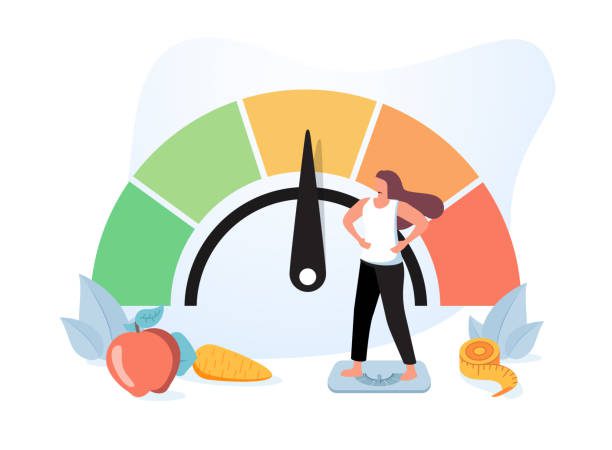This content is for informational and educational purposes only. Always consult a qualified healthcare provider.
Last Updated on July 13, 2025 by Grace Oluchi
Intermittent fasting and exercise may do a lot of good for you. Including losing weight, lowering your blood sugar levels, and feeling less bloated. Intermittent fasting involves choosing between periods to eat and fast. Many people have shared their results on how intermittent fasting has helped them lose weight.
And Maybe You’re Next.
But some things need to be taken note of.
Intermittent fasting has shown encouraging results, such as improving insulin levels and insulin sensitivity, especially in people with type 2 diabetes and pre-diabetes. However, there is still a need for more research to fully back its benefits. And studies (PubMed) advise that more research is needed and people should talk to their doctors, especially diabetic patients, before practicing it.
That said, there’s a lot about intermittent fasting and exercise and how they can potentially help you. This article will help you understand the potential health benefits of intermittent fasting and how it impacts exercise. You’d be able to find out why intermittent fasting is so popular and the best practices.
📋 Table of Contents
Benefits of Intermittent Fasting And Exercise
Combining exercises and fasting is one of the best moves to make when it comes to improving one’s health. Regular physical activity is a necessity in life, and combining it with fasting may offer so many health benefits.
1 . Intermittent fasting also known as IF), and exercise can aid in weight loss by reducing your overall calorie intake and supporting fat burn.
2 . Both can be beneficial for improving insulin levels in the body, which is very important for managing blood sugar levels and reducing the risk of type 2 diabetes.
3 . Studies show that IF may help remove damaged cells from the body by supporting the cellular repair process, such as autophagy.
4 . Exercise and fasting may help sharpen the mind by boosting the ability of the brain to function. A lot of people testify to being able to think better and focus than they could before.
5 . Both intermittent fasting and exercise can help increase human growth hormone (HGH), which can help with muscle growth and repair.
6 . Some studies suggest that IF may help you live longer by slowing the aging process and preventing diseases. Including exercise, studies show that regular physical activity reduces the risk of and/or improves many diseases and conditions, including diabetes mellitus type 2, coronary heart disease, and heart failure.
Best Practices For Combining Intermittent Fasting And Exercise
It’s important to look out for a few things when you’re fasting and working out:
1 . Check your energy levels, especially when you start intermittent fasting. There might be a need for you to make some adjustments to your workouts, such as the intensity or timing, to fit in your fasting periods.
2 . Post-workout nutrition: Don’t delay eating after exercising; make sure you eat a balanced meal or snack after you’re done.
3 . Mindfully choose the right fasting schedule that works for you and your exercise routine.
4 . Drink lots of water during your fasting periods, and more when you’re exercising.
5 . You also have to time your workouts. Try to experiment with different workout times to see what is favorable for you and your fasting plans.
Key Tips To Exercise With Intermittent Fasting
1 . It might be best to exercise around the time you’re going to eat to be able to have enough energy to finish and aid in muscle recovery.
2. Choose low-intensity exercises because that way, it may be easier to maintain your fasts. While you’re fasting, you can do exercises like yoga or light cardio. Or you can alternate between low-intensity exercises and some high-intensity exercises like running, brisk walking, or jump rope, and see how you feel. Some days can be high, and some days low, depending on how you feel afterwards. Just test the waters and see how it feels.
3 . Add strength training to build muscle mass, feel stronger, and improve your health in general.
You Might Face Some Challenges, But There’s A Solution
- Low energy may be a big factor in your routine, so just try to have a small snack before exercising
- Muscle loss is highly likely to occur, but increasing your intake of enough protein when you break your fast can help.
- You’re gonna be dehydrated, and it might be scary, which is why you need to drink water during your fasting periods.
There Are Different Types of IF
Including the:
16:8 methods, which simply means you fast for 16 hours and can eat within an 8-hour window.
5:2 diet, where you eat normally for 5 days and restrict the calories you consume for 2 days.
Eat Stop Eat, which works by fasting for 24 hours once or twice a week and eating freely but maintaining a healthy diet and not over-consuming.
Alternate day fasting involves alternating between a 24-hour “fast” where you eat less than 25% percent of your daily calorie needs, followed by a “feast day” also called a non-fasting day.
One thing remains a standard, and that is breaking your fast with nutritious foods and avoiding processed foods. It’s important to feed your body with fruits, vegetables, lean proteins, and unprocessed foods. Lastly, speak with your doctor before starting intermittent fasting and exercise, especially if you have any health concerns or are under medication.

